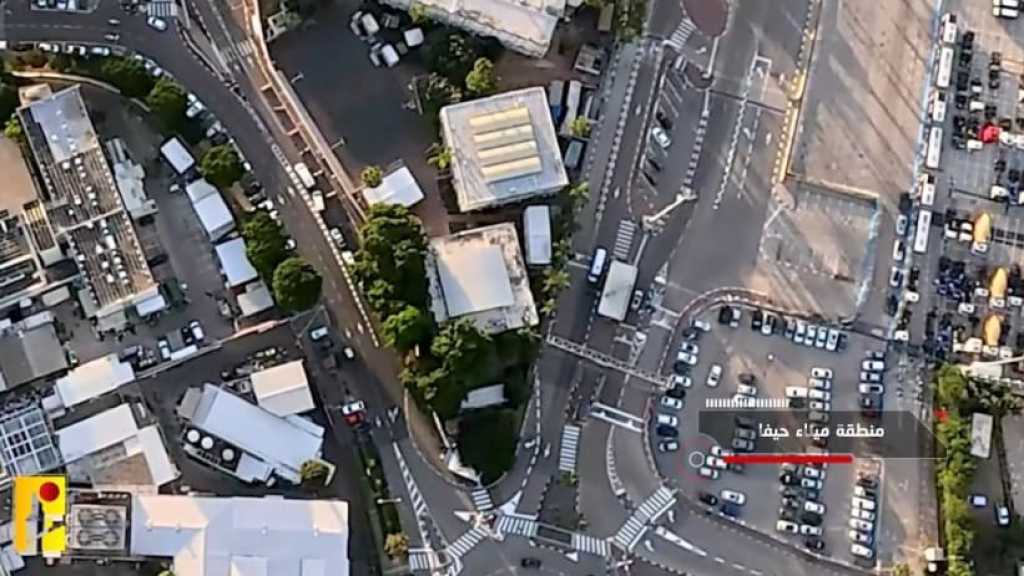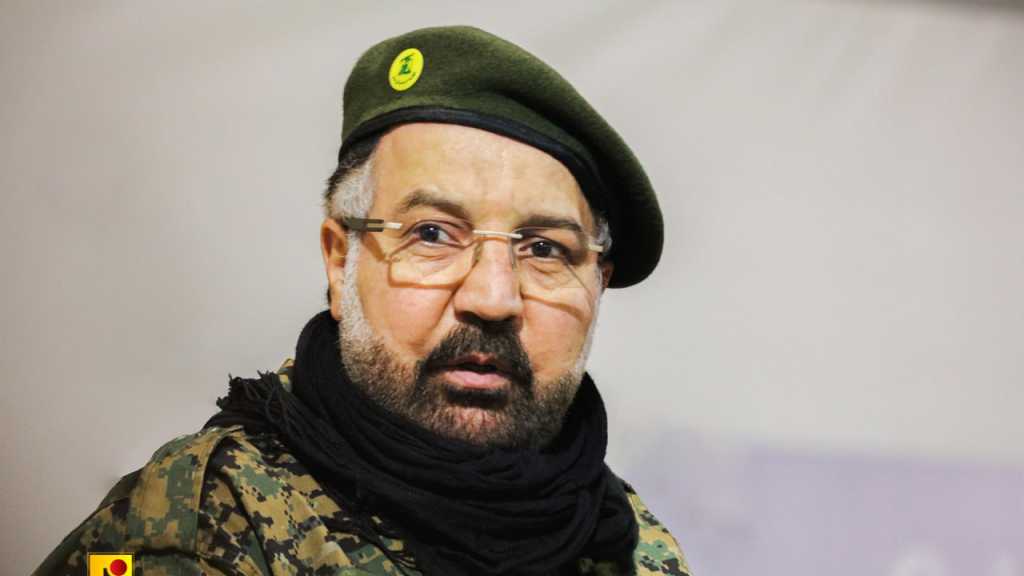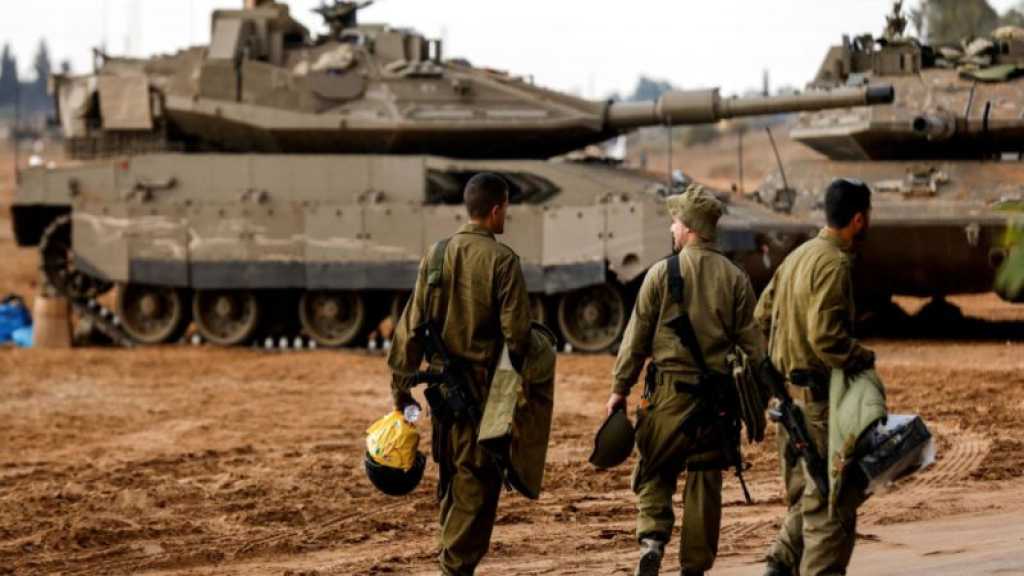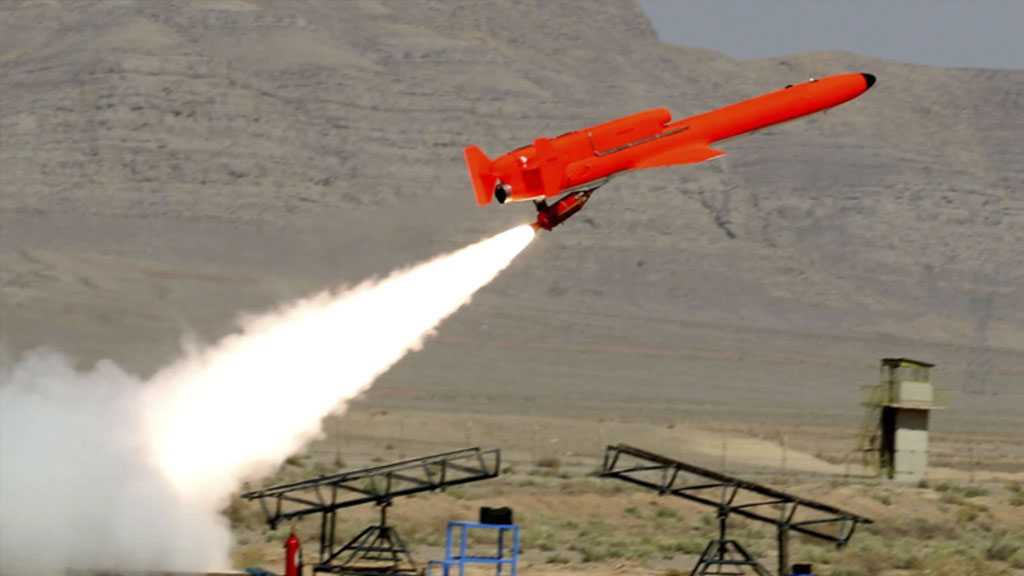This is How Hezbollah’s Videotape Unveiled the Mystery of the ’Shayetet Disaster’
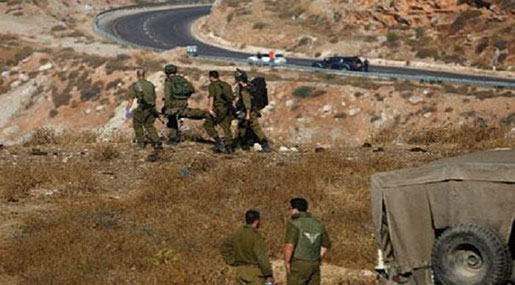
Mohammad Bdeir
After 20 years of uncertainty, four commissions of inquiry and three conflicting accounts, the ‘Israeli' army finally confirmed a fact that it had long evaded: the "Shayetet Disaster" in Lebanon was caused by a premeditated ambush by Hezbollah.

"The Willow Song" is the name of the secret operation that was supposed to be carried out by the ‘Israeli' army's "Shayetet 13" unit on the night of September 5, 1997 near the southern town of Ansariya. Its objective was to plant explosive devices at a resistance target. The force was composed of 16 soldiers.
As they headed toward the target, they were ambushed and explosive devices were detonated, killing 12 soldiers. ‘Israel' classified the incident as a "disaster", but its details remained a mystery until recently and turned into a subject of conflict between the various bodies of the ‘Israeli' military, especially the navy and the intelligence division.
An investigation by Yediot Ahronot sheds light on this conflict and describes the inquiry's puzzling states of confusion that were formed following the investigation of the real cause of the failure, especially after the Military Intelligence Division claimed that "the first explosion - as shown by the reconnaissance aircraft that accompanied the operation- took place within the unit. Based on that, the firm conclusion is that there was no interference on the part of the enemy (Hezbollah) in the incident. Thus, the theory is that what actually targeted the unit was the result of a detonation of the explosives carried by its members."
The Yediot investigation found that in light of the military leadership's lack of insistence on a professional military investigation, the Shayetet disaster remained hazy. This is what angered the former commander of the unit, current Minister of Construction Yoav Galant, who regards what happened as a distortion of the truth and a continuous deceit for the families of the dead soldiers. Galant insists that the facts are clear in the Ansariya incident, and that the answer to the questions is very straightforward and is present in the fourth and final conclusions of the Inquiry in 2010.
Gallant presents his account of the incident after turning into a "one-man investigation committee" as he looked into all the relevant material. According to his narrative, "a flaw in intelligence gathering" allowed Hezbollah to realize that a commando force would come to a specific place at a certain time, leading it to set up a series of ambushes, one of which was where the unit went through. When "the ambush saw this unit, it detonated bombs near 11 soldiers who were about to cross the road between the villages of Ansariya and Loubieh. The bombs, which exploded in the 41st minute after midnight, caused the largest number of casualties. The rest of the force, consisting of five soldiers, had already passed through the street, before looking back and receiving orders from the unit commander to shoot at any source of incoming fire. But 14 seconds later, a second explosion killed the unit commander. After 3 minutes and 8 seconds, the explosive device, which was carried by soldier Itamar Elia, exploded on his back. The explosion could have been caused by ball bearing shrapnel from the previous blasts or by high temperatures due to fires."
Gallant says he saw with his own eyes, when he came to the headquarters of the Shayetet unit on the morning of the incident, the damaged equipment of the soldiers who were in the operation and were penetrated by the ball bearings. He also points out that the medical report confirms the existence of such objects in the bodies of the dead soldiers, while the explosive devices carried by the soldiers did not have ball bearings, which is contrary to the account of the military intelligence claiming that Hezbollah was not involved in the incident.
The first commission of inquiry acknowledged that there was a "high probability" that the soldiers' wounds could have been caused by hostile explosives. This was also the conclusion reached by the second commission of inquiry. But the Military Intelligence Division remained firm in asserting that there had been no involvement of Hezbollah in the explosions.
The issue of information leakage regarding the operation remained the most fundamental and sensitive issue in the case. Three investigation committees discussed the possibility that the information reached Hezbollah through an agent, or that the party was remotely intercepting the broadcast of the ‘Israeli' drones. Following the conflicting views of the committees and the ‘Israeli' army's Chief of Staff, the conclusions of the first committee remained in force until the Hezbollah Secretary General Hassan Nasrallah displayed on August 6, 2010 a videotape he said was taken from ‘Israeli' drone footage, explaining how a force of the resistance ambushed the ‘Israeli' Shayetet unit in Ansariya.
At the time, Chief of Staff Gabi Ashkenazi decided to form a fourth investigation committee to verify the tape presented by Nasrallah. The committee examined all the footage taken by the drone and analyzed the tape presented by Hezbollah. According to the committee's conclusions, two sections of Nasrallah's footage were presented in real time during the rescue operation of the ‘Israeli' soldiers in the site, which means that Hezbollah had a direct follow-up to everything that was happening in the area of the operation, contrary to what was previously believed by the ‘Israeli' intelligence.
But one of the sections was considered the most important. It was a "smoking gun" that proves the interception of the broadcast of the ‘Israeli' drone, earlier in the operation. This section includes part of a photograph taken by an ‘Israeli' aircraft and broadcast to the ground station on the morning of August 31, 1997, four days before the operation. It includes a "continuous and focused survey of the special location that the ‘Israeli' force will head to from the sea, as well as the course of its movements on the ground, including the area of the explosion of the bombs." In light of this, the commission concluded that, "it can be assumed that if the party put its hand on this tape, it also put its hand on the results of the 13 aerial reconnaissance flights detailing the planned passage route of the Shayetat soldiers."
After the commission determined that the tape presented by Hezbollah was authentic, it turned its effort to examine the source of the party's access to it: through an agent or through an interception by the Syrians and the Iranians to the broadcast of the drone. The committee firmly concluded that "the tests prove that the interception of the broadcast took place in real time, and there is a high probability that Hezbollah was able to intercept the broadcast independently." This means that Hezbollah's intelligence agencies were obtaining the filming of the ‘Israeli' drones in parallel to the ‘Israeli' naval command. The commission also concluded that, "the lethal results of the two explosions also prove that the location of the explosives and their exact direction are contrary to the hypothesis of coincidence."
Al-Akhbar Newspaper, Translated by website team
Comments
